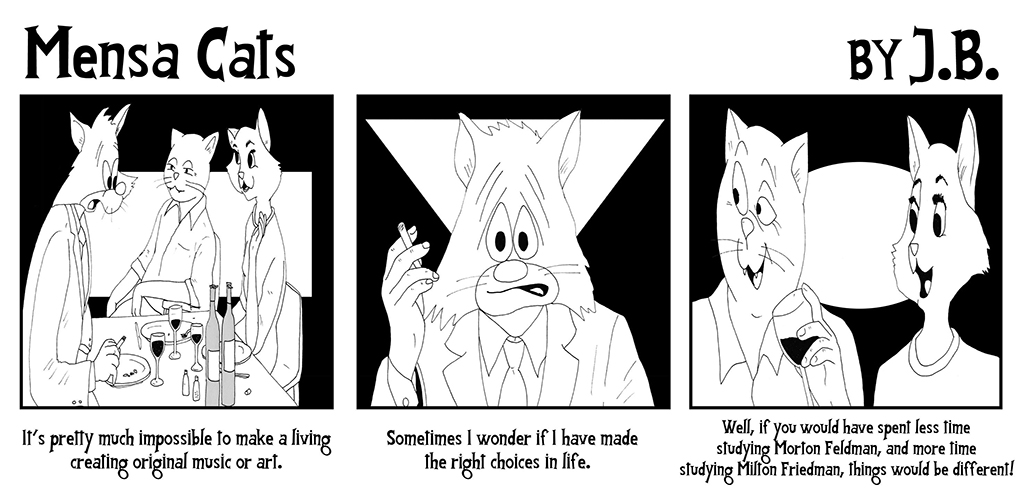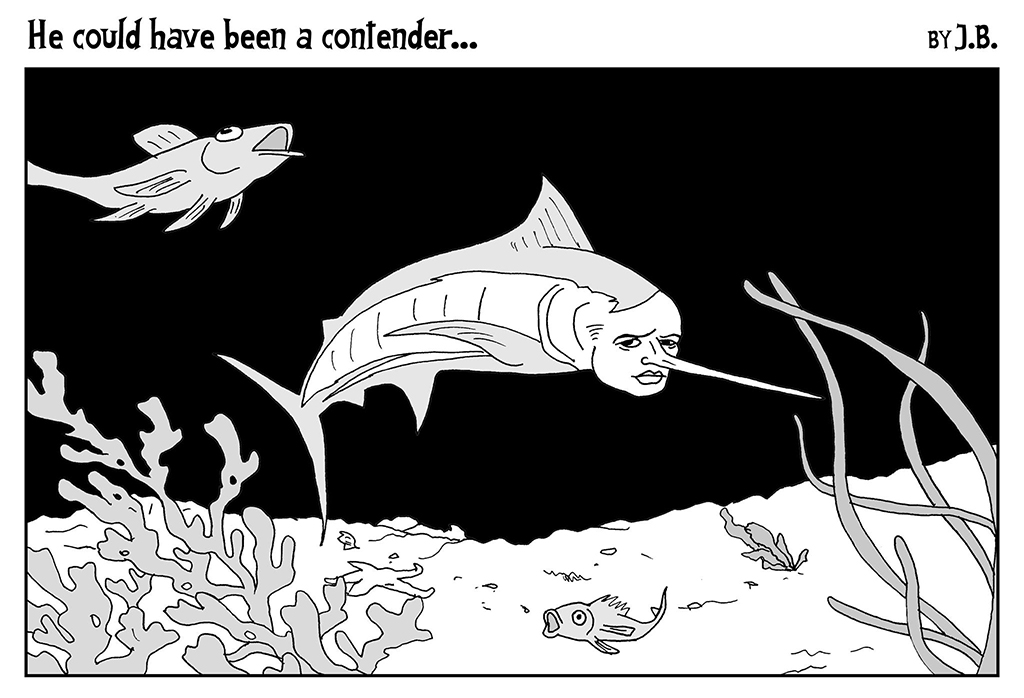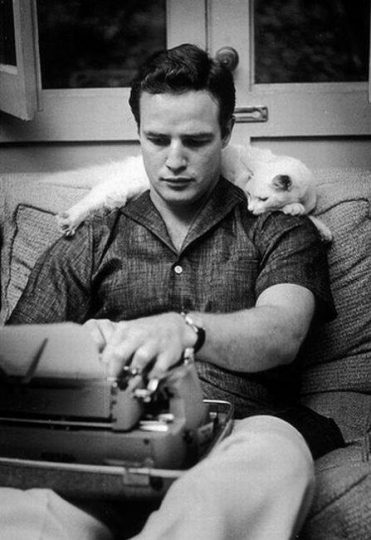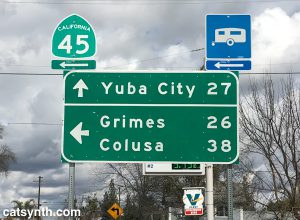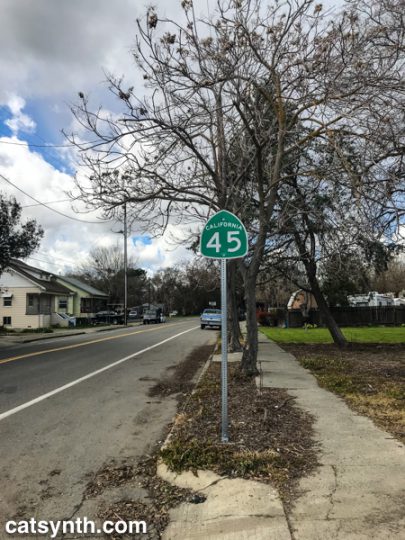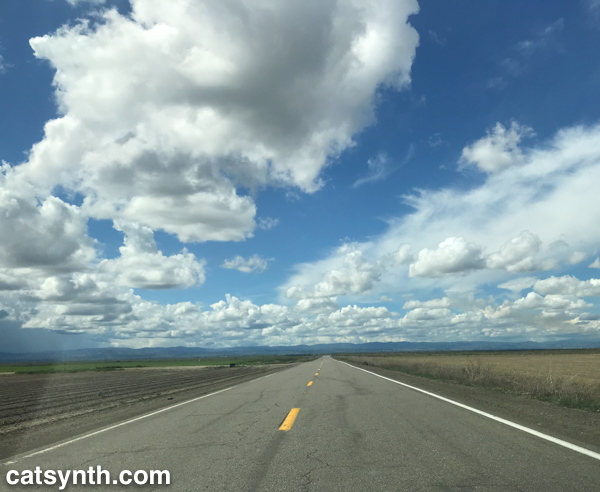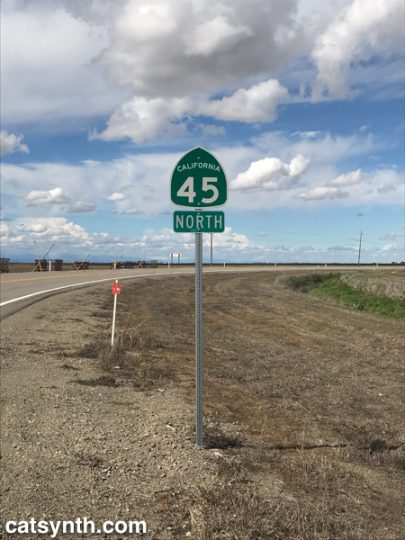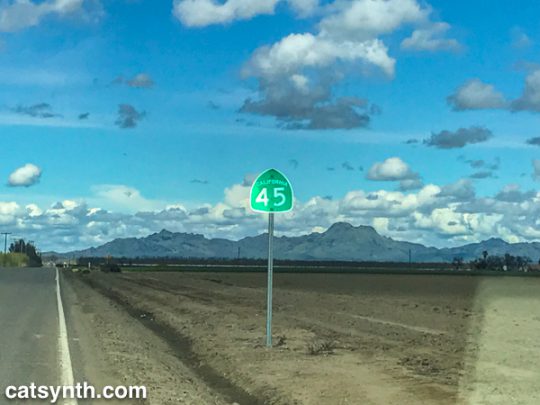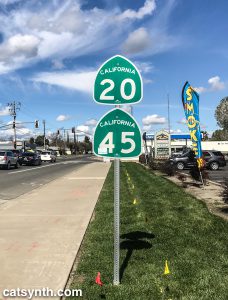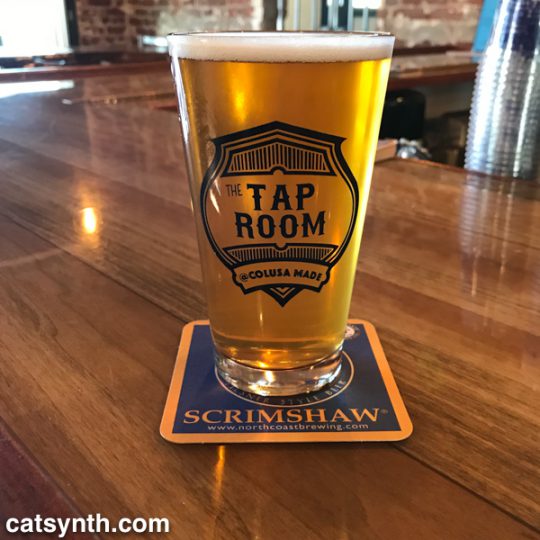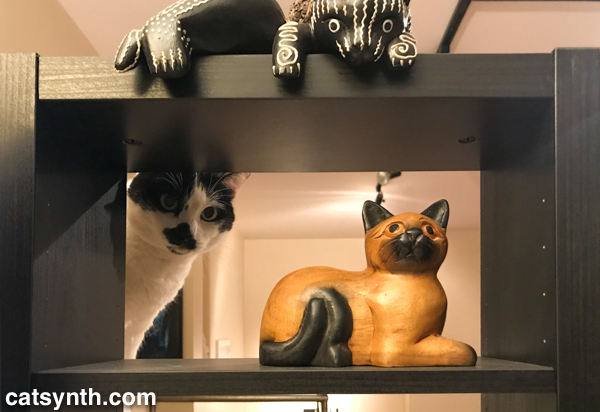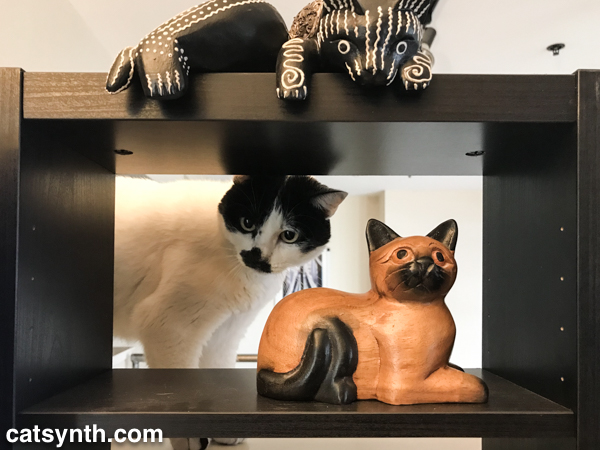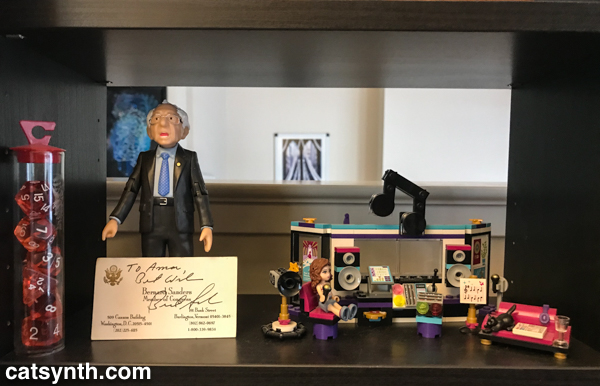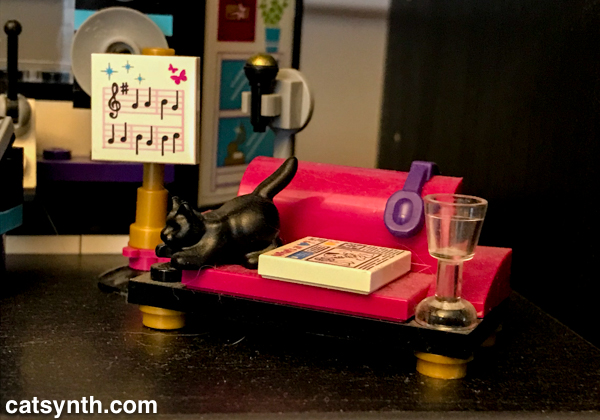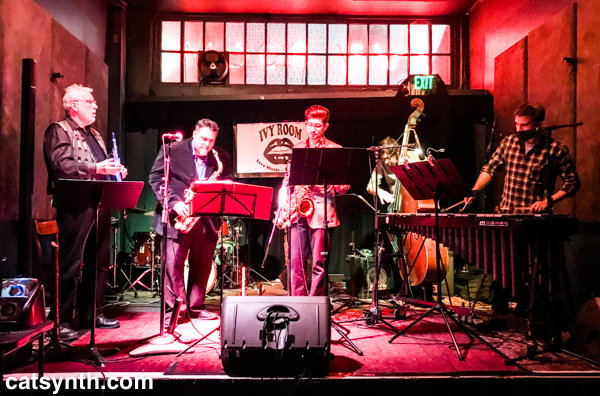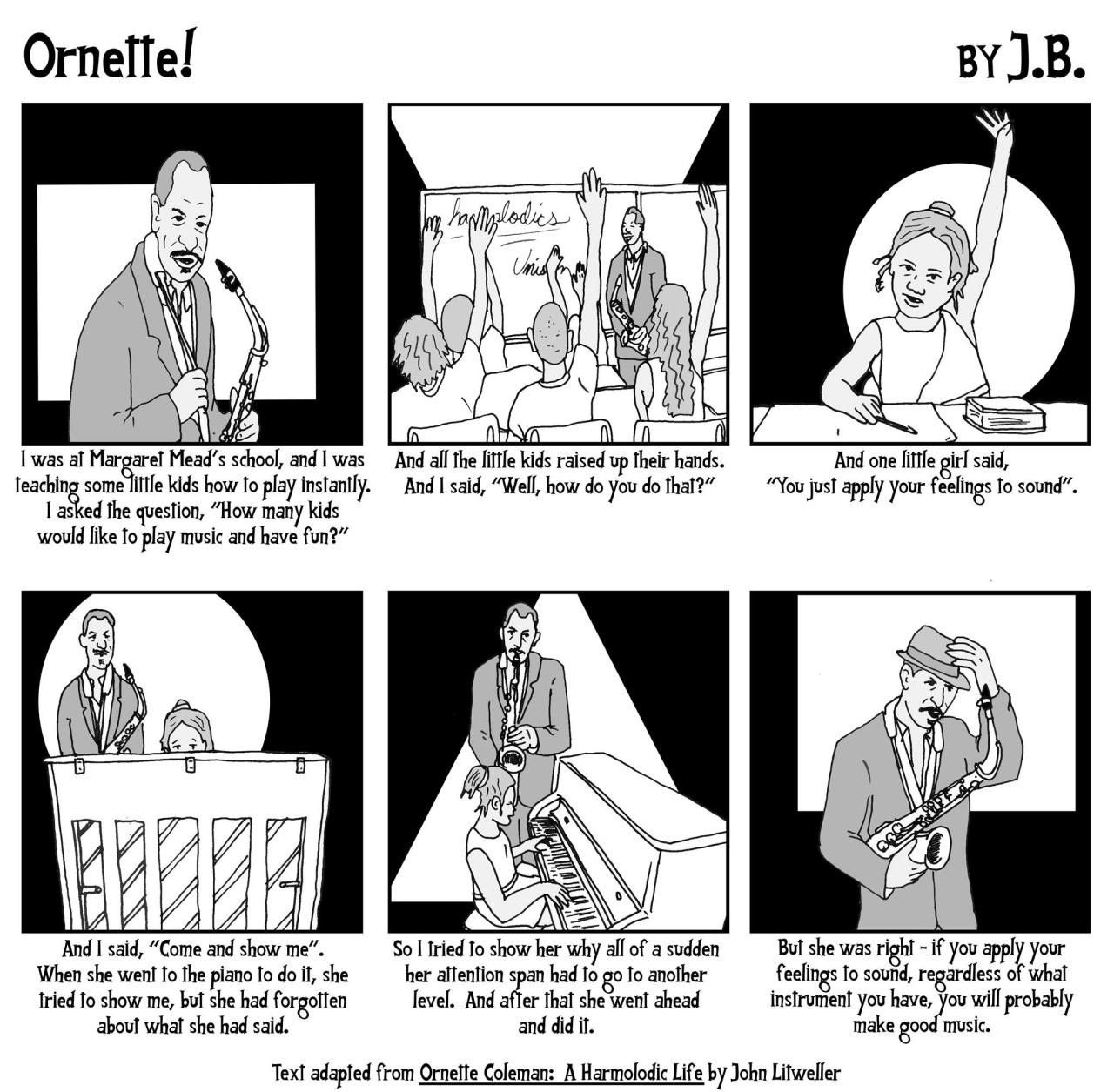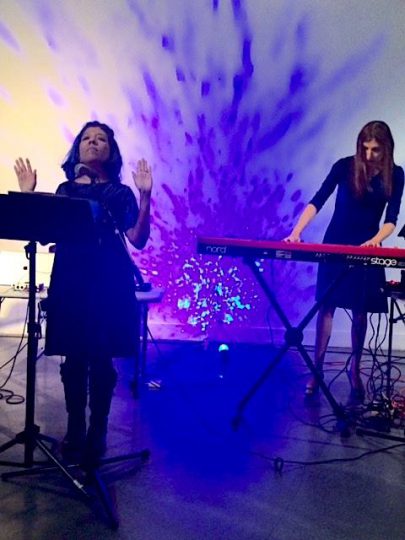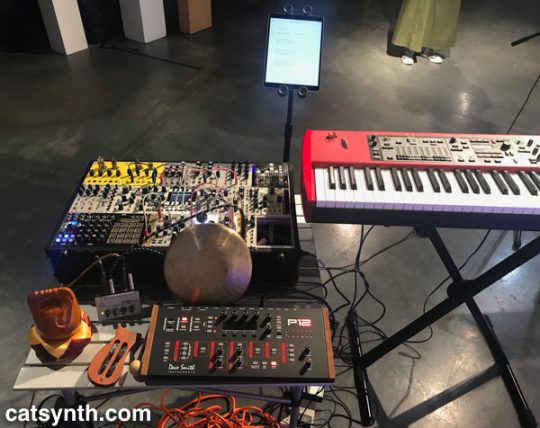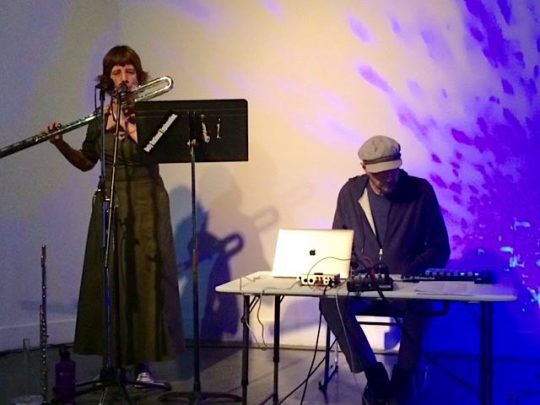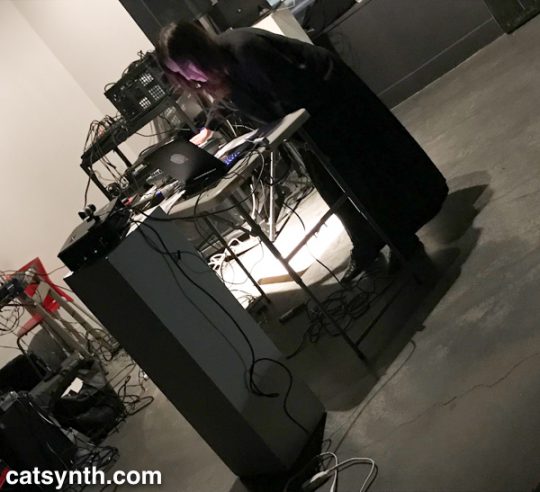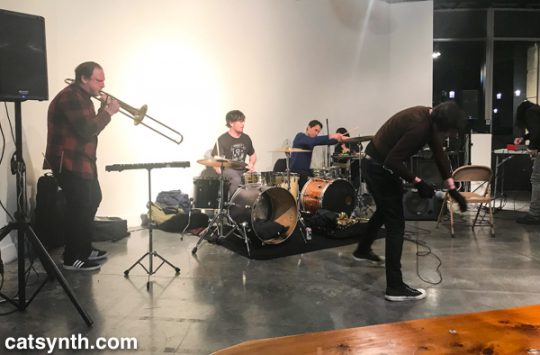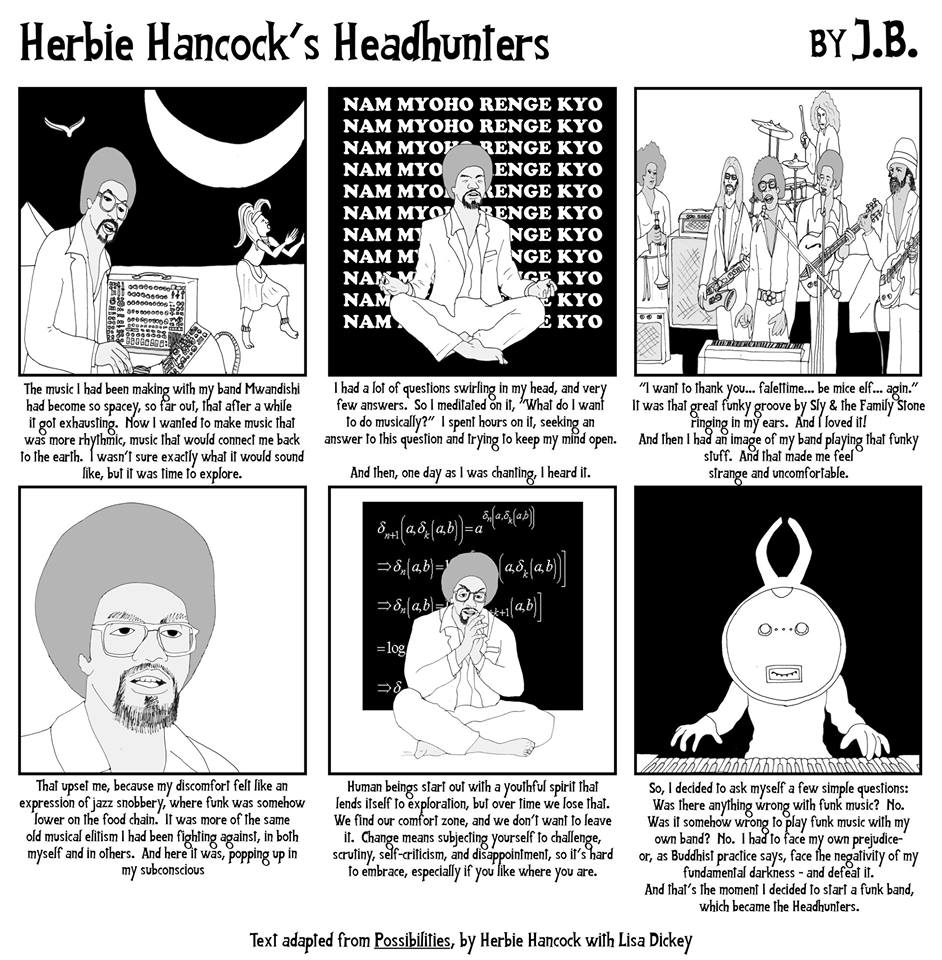It’s been a busy season for Pitta of the Mind! We had three shows in the span of two months, beginning with our blue set at Pro Arts and culminating with ¡Voltage and Verse! at Adobe Books in San Francisco. You can get a taste for the show in our CatSynth TV video.
It was an honor to once again share a bill with ruth weiss. A Holocaust survivor and founding member of the San Francisco beat poet scene in the 1950s, she is still going strong, performing and supporting local institutions and artists.
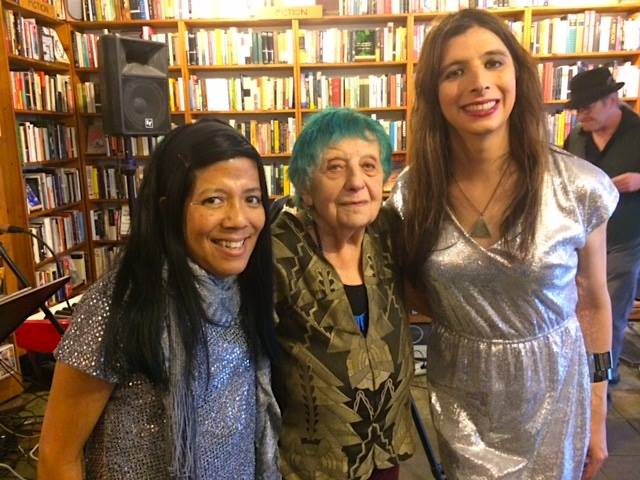
We were glad to see that she is continuing her collaboration with our friend and synthesizer virtuoso Doug Lynner. Together with log percussionist Hal Davis, they performed a set of poetry and music that simultaneously evoked earlier eras and the latest electronic experiments. Davis’ log drum provided an expressive metronome, undulating between a trot and a gallop. Lynner’s synthesizer lines filled in the spaces, sometimes with rhythmic appeggios and at other moments with long eerie drones. The synthesizer timbres and phrases complemented the words in multiple ways, sometimes underpinning the narrative in the manner of a good film score, at other times emphasizing the rhythm of the words and making them into a musical whole.

Our Pitta of the Mind set was part of a month-long celebration for the release of Maw Shein Win’s new book of poetry Invisible Gifts. The book is divided into four sections based on different colors. This works perfectly for our use of color themes in our performances. For this night, we chose silver and performed selections from the silver section of the book. There were some familiar poems that we have performed before, and some that were new to me. There were a variety of styles and subjects in the words that inspired different musical backings, from jazzy electric piano (my favorite) to abstract synthesizer explorations. I was able to reuse some of the modular patches I had developed for my recent show in Portland and make them work with the rhythm of the texts.
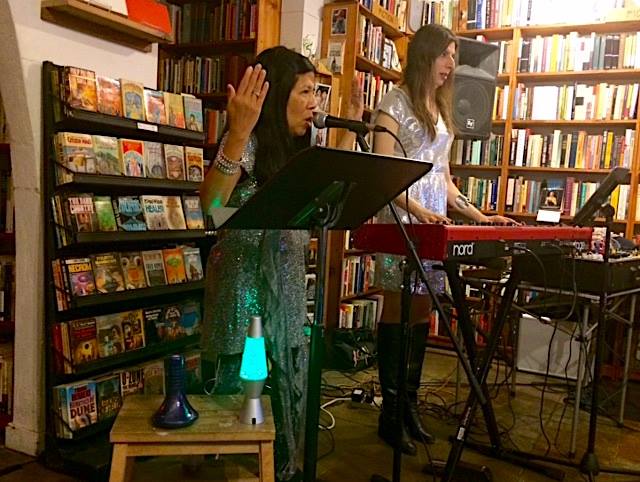
Maw and I have performed together so many times now that it has become almost second nature to realize a new set; our three shows this season went off (nearly) flawlessly, and have been among the best we have done in our nearly seven years of collaboration! We have developed a toolset and pallete of instruments (including the Nord Stage and Prophet 12) and sounds that we can quickly turn to with each new text, which makes the process of learning new pieces both simple and fun. I certainly hope we can keep up the momentum in the remainder of the year, even as I turn my own attention to other musical projects.
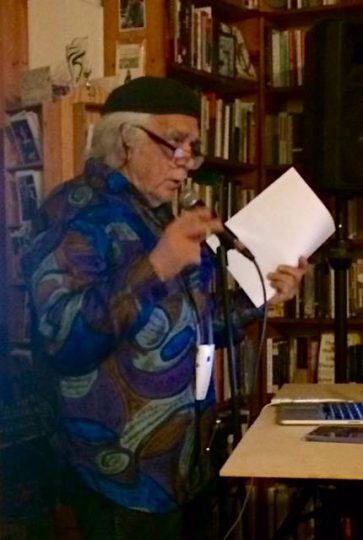
In between our set and weiss/Lynner/Davis, we were treated to a presentation by Ramon Sender. Sender was a co-founder (along Morton Subotnick and Pauline Oliveros) of the San Francisco Tape Music Center in the early 1960s, but on this evening he regaled us with stories of his time at the Morning Star and Wheeler ranches in Sonoma County in the late 1960s and early 1970s. Morningstar, founded by Lou Gottlieb, was a radical experiment in communal living, populated by an interesting cast of characters along with folks who “commuted” between San Francisco’s Haight-Ashbury district and the ranch west of Sebastopol. It only existed in its communal form for a short period of time before being shut down by Sonoma County. Sender and others then moved to the nearby property of artist Bill Wheeler, who followed Gottlieb’s lead and opened his ranch as a commune open to all. I found myself fascinated by Sender’s stories, and would love to learn more about the history of the area and these communal experiments.
It was a fun night of music and words that lived up to its billing, and I certainly hope to have a chance to perform with everyone again. And thanks to Benjamin Tinker and Adobe Books for hosting the event! Please support your local bookstores and performance spaces.
[Photos not marked “catsynth.com” in this article courtesy of Maw Shein Win.]

